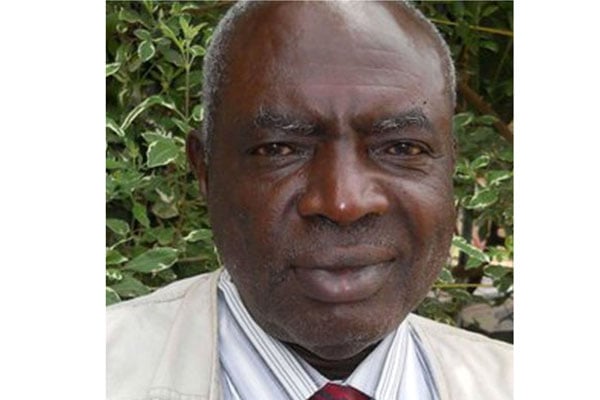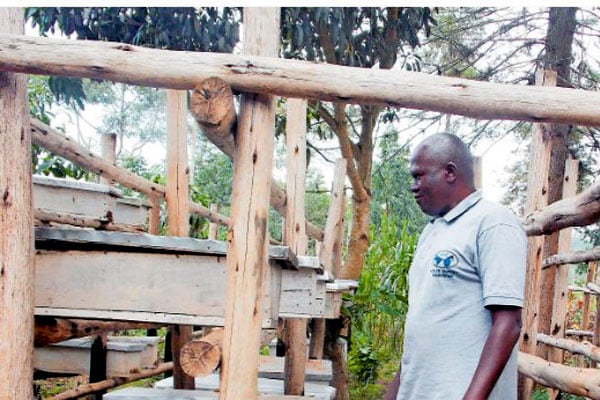Prime
Child safety: Items causing suffocation in our homes
What you need to know:
- Suffocation is a disaster, more so among babies, because they depend on caretakers for their wellbeing.
- On average, 20 children die each year from suffocation by plastic bags and bags such as those used by dry-cleaners.
The Mubiru family were driving to church when their son started being fussy, thus dad gave him sweets that his wife, Jackie used to bolster her energy. “On poping it into the mouth, he started chocking,” Jackie Mubiru narrates. She fidgeted, wondering if she was going to lose her son as she held him over her knee and put two fingers in his mouth to hold his tongue down. Her husband parked the car and came to help with opening their son’s mouth, causing the sweet to pop out.
“Suffocation is when one is not getting enough air to breathe. Chocking incidents are very common among younger children because they have small airways; approximately the diameter of a drinking straw,” Dr Aisha Nakato of Medical Chambers, Wandegeya explains. She delves into some of the things that cause suffocation among children:
“The age group matters a lot when looking at suffocation causes,” Dr Nakato starts out, “For that reason, we are grouping these children into two categories.”
0-6 months
These can neither easily raise their heads nor do much by themselves; it is the things that their parents do that could endanger them. Therefore, they need special protection from suffocation. Things leading to suffocation include:
Coverings: Sometimes the coverings are heavy thus easily block their nostrils.
Poor breastfeeding posture which gets the nostrils blocked.
Breastfeeding while the mother is lying down which sometimes leads to the breast blocking the nostrils.
Putting the child to sleep on their belly yet they cannot turn on their own.
Loose polythene mattress coverings mosquito nets that dangle into the crib.
6 months onwards
Poor ventilation: Overheating within; due to cooking in the house or without; due to hot weather. This heat reduces the oxygen levels in the room.
Locking children in cars as they tend to heat up, and it gets worse in the hot weather, causing a reduction in oxygen supply.
Increased carbon monoxide levels: From candles, charcoal stoves or any other thing burning in the house. While these also give off carbon, the carbon monoxide fumes will kill the child before the carbon does.
Poisons: These could come from fumigations chemicals, and paraffin fumes.
Severe reflex: This is usually when babies vomit. They can easily choke on this stuff.
Near drowning: This could be in a bathtub or basin due to negligence or an accident.
Using lots of soap: Bathing children with lots of soap is dangerous as these can block the child’s nostrils hence suffocation.
First aid
Despite the occurrence of suffocation and chocking, there are first aid measures that can be done in a bid to save lives. Dr Deo Munube, a paediatrician with Mulago Referral Hospital, shares these:
Asphyxia: For example, if the child is in a smoke-laden place and is suffocating, get them out of that place to where they can get normal air
Hypoxia: In cases where the child is in a place with limited oxygen, move them to a place with ample oxygen. If it is a polythene bag over their nostrils causing the suffocation, remove it.
Basic life support manoeuvres
“These are meant to ensure that oxygen gets to the child and that the lungs and heart functionalities are restarted,” Dr Munube states.
In case of asphyxia, push the jaw backwards to bring the tongue forward to open the airwaves.
Rescue breaths: This is mouth-to-mouth resuscitation; block the child’s nose and blow directly into the mouth; blow, take a deep breath and blow again. Do this five times.
Cardiac or heart massage: The size of the child determines what you use to apply pressure at the heart area. It is done 15 times:
For a little child (0-1 year)– wrap your hands around their chest area and use your thumbs
For a fairly big child (1 year and onwards)– use your index and middle finger For a bigger child – use your palm
Then give two rescue breathes
This must be done in six to eight cycles until a response such as chocking is got.
Advanced maneuvers
These are done by a trained community resuscitator who is armed with;
An ambu bag to replace the mouth-to-mouth ventilation AED; an electric device used to restart the heart.




